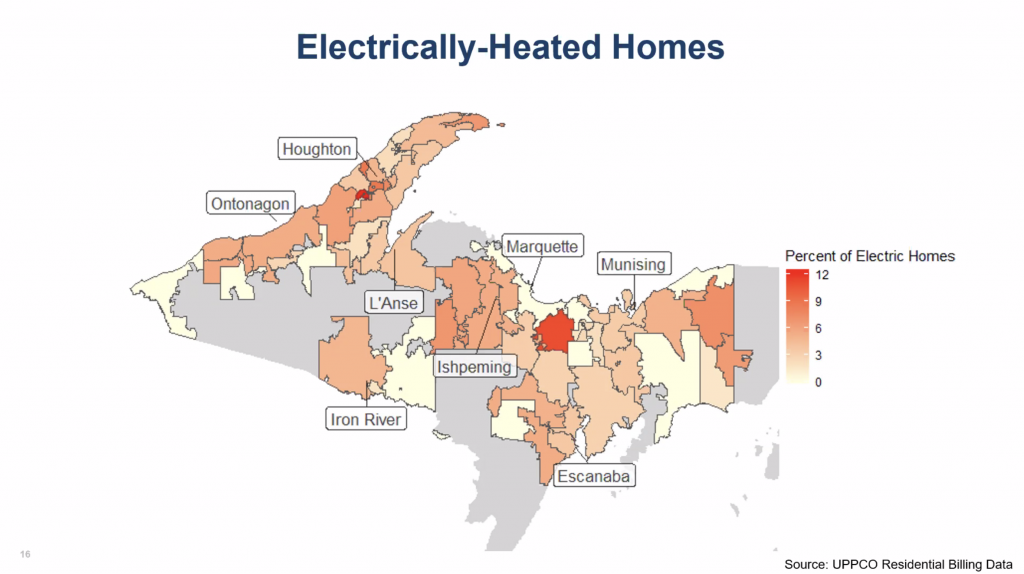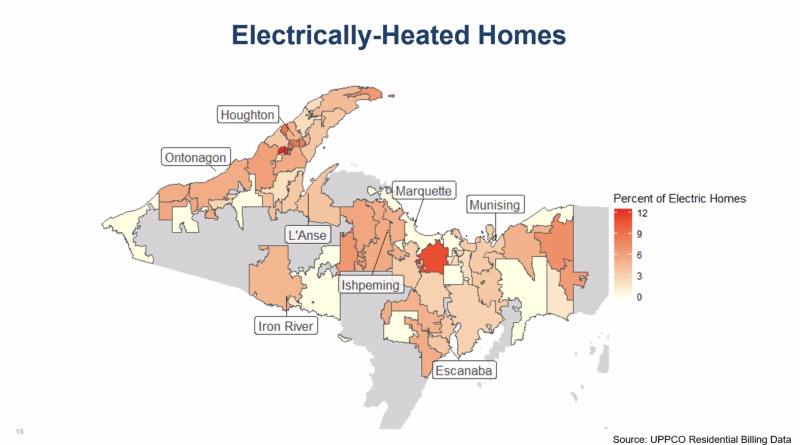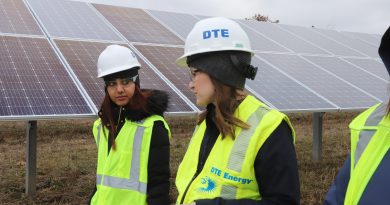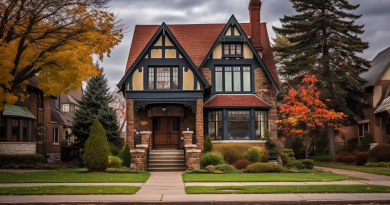Durable, Illiquid, Efficient, and Thoroughly Unsexy: Building Envelopes vs. Climate Change
Today, the nascent Buildings and Housing Workgroup of the Michigan Council on Climate Solutions looked at a few presentations on some challenges facing the state’s housing stock. Jeremy Kraft of TRC presented, as did Amy Ellsworth (Cadmus Group) and Jeannette LeZaks (Madison, Wisconsin-based Slipstream). Retrofits of existing building envelopes and systems are perhaps the least sexy approach to the climate change. They are also the most important. Let’s take a look!

Understanding The Building Envelope
The building envelope is the theoretical and real series of connected planes and materials that comprise the outer layer of any building. It’s variously the roof, the flashing, the insulation, and the caulk between the seams. The envelope keeps heat in or out, and protects from occupants and things inside from elements like rain or snow. They’re meant to be durable. They’re also the single most expensive part of any building because they have to stand up to weather, freeze thaw, etc. Accordingly, like other components of real property, highly illiquid.
Financing, therefore, is crucial! (I’m writing this from a comfortably spray-foamed office whose retrofit was financed by the Michigan Saves program, which bills itself as the nation’s first Green Bank).
Major Home Repair: To Go Gas-Free, Perchance To Dream?
LP vs. UP
No, it’s not liquid propane– it’s the lower peninsula. About half of Michigan’s population is clustered in the southeastern quadrant of the state (Lansing, Flint, Detroit, Ann Arbor). We’re not only in completely different climate zones as a matter of heating degree days, we also don’t get the same heavy lake effect snowfall of the rest of the lower or upper peninsula. The UP, of course, comprises about a third of Michigan’s land by area, but only a few percentage points of its population. Infographic artists forget the UP so often that someone even made a page about it.
Urban lefties like me often forget that rural areas are central to the climate debate because farther-flung areas often lack access to the same resources afforded by economies of scale in cities. The argument that cities are that much more efficient than rural areas is kind of true– in terms of land use, certainly. But it’s not true given the vast amount of energy dedicated to heating single-use spaces in cities (an extreme archetype of which would be the office towers of Midtown Manhattan, which themselves probably have the carbon footprint of a small principality). We also saw this in the Cadmus presentation, which showed that small commercial spaces accounted for a surprising percentage of total energy usage.
Ensuring inclusivity to low-density and rural areas
Thus we are having more conversations about how we can ensure that rural populations are not left out of the conversation about decarbonization. Rural areas in northern climates like the UP specifically face the following challenges:
- Decentralized power generation and distribution infrastructure increase costs.
- Low population density makes transportation and therefore everything else more expensive.
- Extreme temperatures combine with limits to economies of scale to make building retrofits spendier.
But decentralization also makes for a stronger case for energy independence. Plus, dollars are dollars. A strategy to decarbonize rural housing and buildings has to put this issue first, to be able to marshal sufficient resources to get the job done. The problem is that building retrofits are not particularly sexy. You also can’t move from electric resistance heating to electric heat pumps, in most cases, without doing a substantial retrofit. In my own house, for example, our 12,000 BTU unit is barely sufficient to supply our third floor bedroom/office. This is not only unsexy, it’s also expensive– think a minimum of several dollars per square foot of envelope involved.
Building Envelope As Meaningful Praxis
I mention the “unsexy” nature of it because in climate change and decarbonization praxis, we are frequently bombarded with solutions that sound great and clever, but don’t meaningfully move the needle. Big Data! Analytics! Smart Home! An App For All Your Needs! Hire WSP To Tell You Stuff You Already Knowed! Nah, bro, we ain’t need none of that. Or, realistically, we could use some of it, certainly. But we should be more focused on reducing demand for energy before we focus on how to optimize the management of what we are using. What we need is good insulation!
And, of course, to embrace the thermodynamic miracle of the refrigeration cycle. Electrical resistance heating, as they say, just ain’t it. A survey presented today showed data that most homes in Michigan equipped with air conditioning are operating at a middling seasonal energy efficiency rating (SEER) of 11 or less. Barbaric, I tell you! Minimum SEER nowadays is 13. I am ever trying to move the needle on Michiganders’ apparent, neverending quest for mediocrity. (Our unit is 22 SEER– you can buy these on Amazon, even, shipped to your door for under a G each).
Further reading
Learn about the work we did in 2017 with Southwest Solutions in the Marygrove neighborhood of Detroit’s west side to train Detroiters to retrofit old homes. Follow other coverage of these workgroups, like this piece covering the workgroup on “mobility” (a.k.a. “electric cars”). Or this piece on the last workgroup meeting, where Consumers Energy presented on some tough questions about electrification. DIYer? Check out some of these great reads from the Building Science Corporation on how to retrofit a home.
Looking for a job in this field? TRC Group, Cadmus Group, and Slipstream are all hiring! The Handbuilt City is supported by a combination of consulting fees, advertising revenue, and subscription revenue from readers like you. Remember to support independent journalism!






